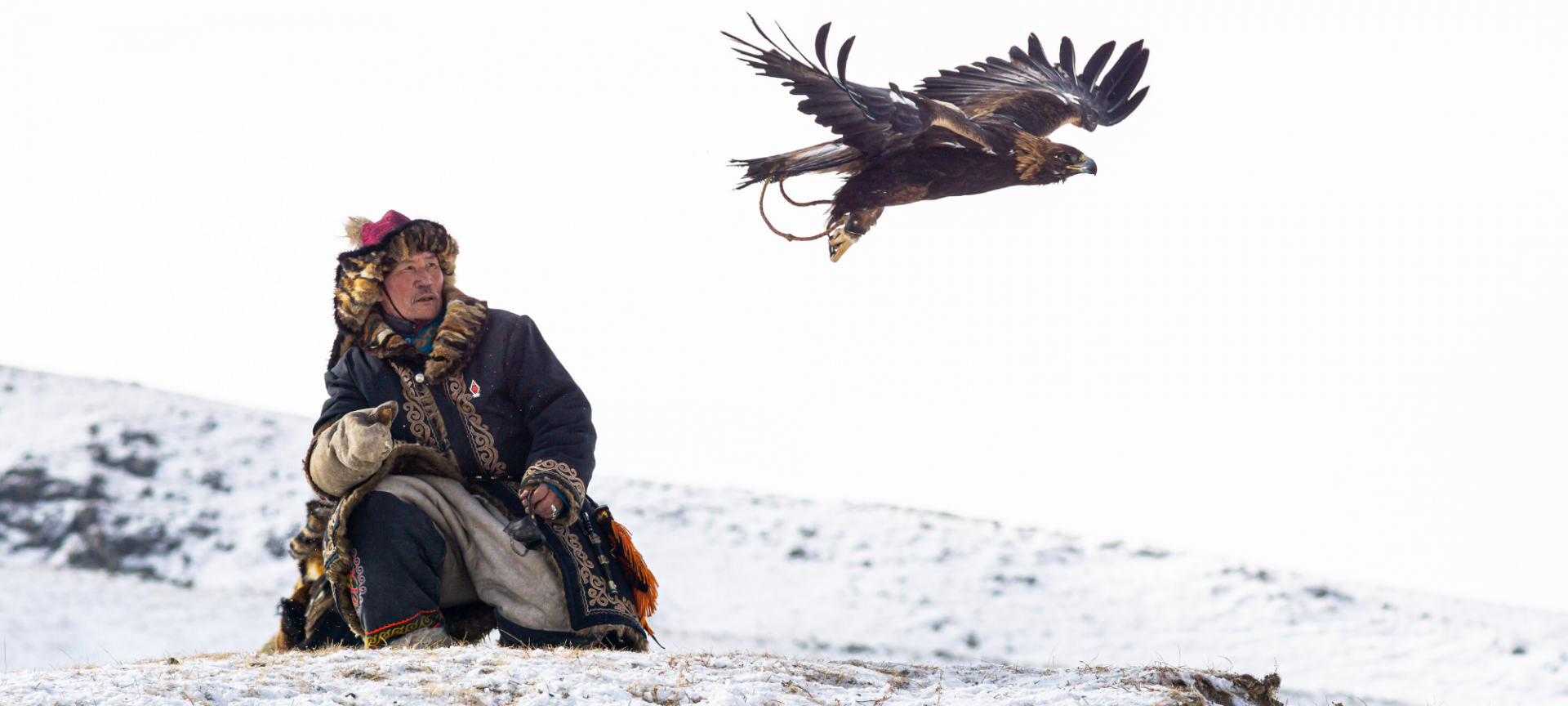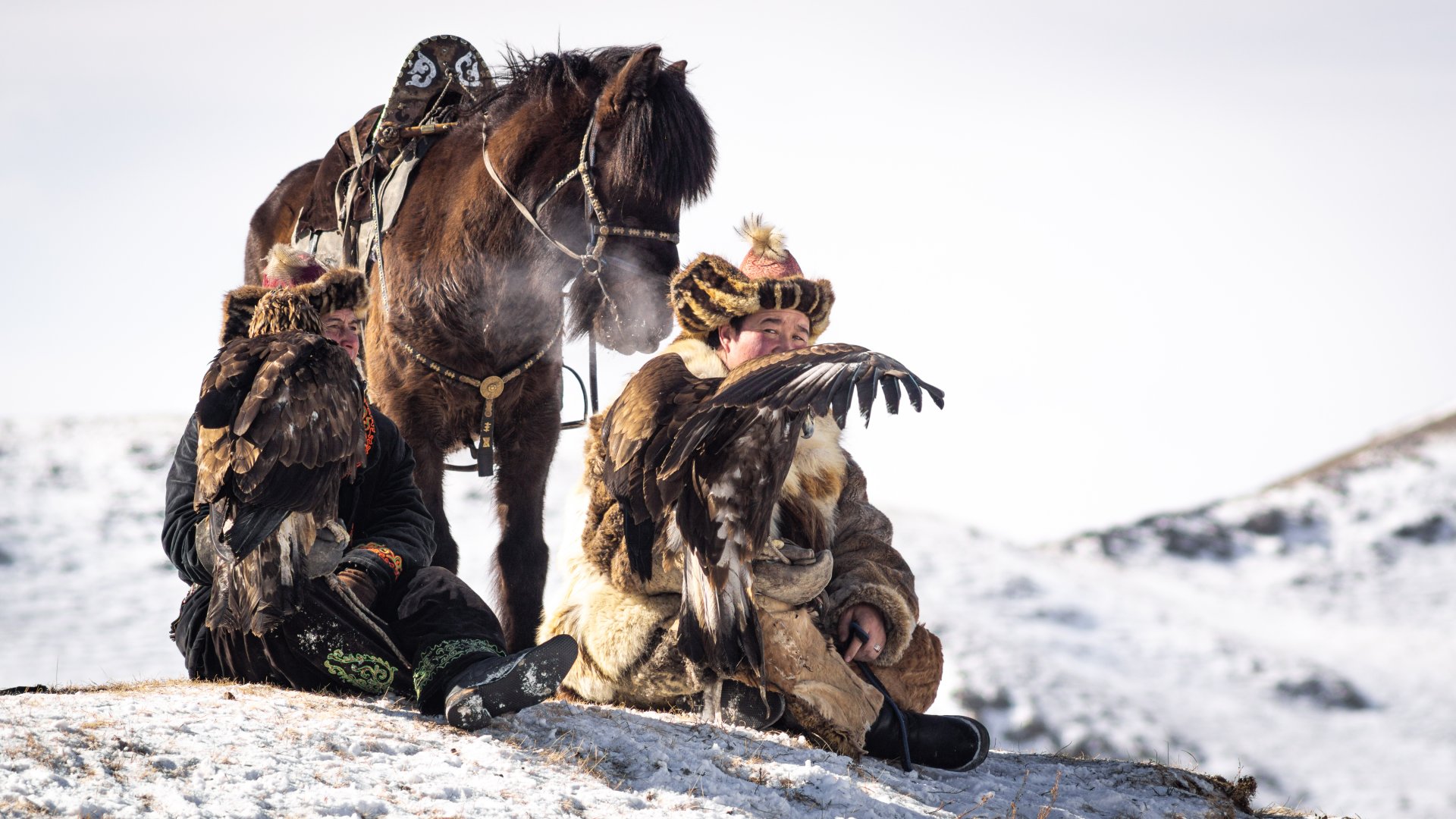
PHOTOGRAPHY & VIDEOGRAPHY IN MONGOLIA
A country with a photographic and video graphical potentialMongolia is a unique country for photographers and videographers alike. Meeting the needs and the dreams of the best shots for landscapes, adventure, travel, wildlife, portraits, and culture, the land of the eternal blue sky is an amazing opportunity for those who dare to explore and bring back unique and incredible shots.
It is also an unforgiving land, where small mistakes in preparation can ruin a photo trip, or create really big challenges for the adventurer. So how can we maximize your chances of getting the shot, or bringing back the very best memories of your journey?

Preparation is key - your gear shall be adapted and ready
With the advent of cheap memory, excepted for those who wish to shoot analog, using a point and shoot, DSLR or mirrorless has become easier and very practical with instant image review. But they do require accessories to function properly.
However impossible to cover all possible accessories and gear that exist for video or photo, there are some essential ones we will develop here on this page. We hope to help Natureʼs lovers, wildlife, portrait makers, and passionate artists with those next few lines.
- Spare batteries and ways to charge them: Mongolia providing such remote territories and landscapes to go to, one major factor will be to keep that energy to be ready to shoot when the moment presents itself. We recommend being able to shoot photos or videos (or both) for an estimated 1 week without any electrical outlet. That means in practice: several batteries for your camera(s) charged, and for those models that can support quick charging through USB (such as some mirrorless cameras), to bring extra battery packs (like power banks, also a great option for your mobile devices) to charge while in the middle of nowhere. For this last scenario, it is interesting to note that our vehicles can provide a 5Volts USB outlet to allow for charging while on the move: then no more excuses to run out of juice!
Depending on the time of the year you wish to come to Mongolia, you can experience extreme temperature variations, from-45to-30 degrees Celsius in the winter (January to March), and up to +40 degrees Celsius in the heat of the Summer (around July - August). That shift in temperatures will impact your battery life and its performance as you shoot. - Protection for your camera and gear, in general, is essential. Especially when in Mongolia the dry air and constant wind will carry lots of dust. For that we recommend investing a small amount of money into a “rocket blower”, and some microfiber cloths to clean efficiently the outside and also the sensor of your camera. Most of the time this will be enough to guaranty a good quality of image, with fewer chances of a dust spot. Water also is a huge factor for electronics, and so, be aware to keep your gear protected from the potential rain in the countryside (or snow, depending on the location), that could easily ruin your journey.
- A high-quality carry bag for your camera, or a combination of a day pack and camera bag. This will prevent any potential shock, damaging your gear on the go, and safely transport all your items throughout your trip. As a general rule, try to invest in the best quality bag (handbag, or backpack) you can afford: it will usually last several years.
- For some scenarios like videography, or specific photographic needs (long exposures, astrophotography..): something to "stabilize" your shots. A monopod is a great start, as it can easily help throughout the trip (doubling as a walking stick) especially if you have longer lenses (covering wildlife and sports), a “travel” tripod, a full-size tripod, or even a bean bag! It is always recommended while traveling since you will never know what type of photography you can do at various locations. Those tools will help to compose your shots better, taking your time to carefully set your exposure and focus for tack-sharp results!
- To go further, on the video side: something to stabilize your shots as you are moving. Over the years, tools that were reserved for professionals and the cinema world have been democratized and prices went down dramatically. Now it is possible to afford technologies such as manual glide cams, or electronic gimbals to make the footage be less shaky and look more cinematic.
- Why not a drone? Mongolia has so much potential in terms of video making, that it would be a great addition to your kit. Unlike other countries like Canada or the USA where restrictions to fly are really taking a toll on photographers and videographers investing in this technology, Mongolia is almost welcoming people to use it to feature its majestic landscapes. The only few restrictions are limiting shoots in Mongolia (over the Parliament and the Central Square, or other important buildings and restricted zones such as by the airport).
- And of course, do not forget to bring your camera and its selection of lenses! (yes, it happened to one of our guests!)
All of the above tips here will help you have more chances of bringing beautiful images
Some more tips..
And if you arrive in Mongolia with some missing items? We got you covered with some great locations to save the day.
Then, where to buy accessories and related electronics in Ulaanbaatar?
– Tuna Electronics, located just at the East of the State Department Store (on Peace Avenue): this shop is a must for cameras and accessories from SD cards to stabilizers for TV productions, etc.. although a very good shop with fair prices and really a ton of selected items to meet with everyoneʼs needs, the salesman there is not necessarily the most welcoming person.
– The Canon store building, hosting the Canon shop for official accessories a camera of the brand, or also at the 4th floor, the Camera House 404, booth number 404: a very good selection of new equipment from various brands covering the cameras, backpacks, lenses, ring lights, so cards and filters. This building is located just after the Golomt Bank, west of the State Department Store on Peace Avenue.
– The State Department Store: from the 5th floor, there are a few selections of cameras and accessories to choose from. Several booths are specialized, but the choice is quite limited to a few Nikon and Canon cameras for the most part (sorry Sony, Pentax or Fuji fans... thatʼs not really your place here) and few accessories.
– The drone store, located in the Max Mall, fourth floor, west of Central Square.
Specialized in drone products (from DJI and other brands), this one can definitely be of interest to those who need aerial shots. For those who specialize in video, a great choice of gimbals and stabilizers is offered too!
– Thieves are operating around major touristic locations: at the State Department Store, the main history museum, and even inside the Gandan Monastery! The best advice is to put your cameras and expensive accessories back in their bags when not in use, and be aware of your belongings. Please try to avoid flashy brand names like Canon and Nikon on your camera straps or bags: it is the best way to be tagged as a potential target...
– Mongolia is a country where the weather can be unforgiving for electronics: from the freezing temperatures of the winter (-40 degrees C on average throughout the country) to the high heat of the summer (+45 degrees C around the Gobi desert). Also, the air is very dry and contributes to a large amount of dust. Make sure you protect your equipment, in a dry and cool bag, avoiding direct sunlight or the cold. The same principles apply to your batteries: a large difference in temperatures will shorten their lifespan, and you may run out of energy if not careful. The same precautions should be planned around the lakes and rivers.
– Dust is everywhere! Protecting your precious equipment shall be of concern to the Mongolian countryside. Even in the vehicle, it is common to get some type of dust in the air, and the very best advice would be to keep your cameras and lenses inside their own pouches until the right moment. Changing the lens while driving is definitely not recommended, because it can add more particles to the sensor, then potentially ruining a great shot later on. If you absolutely have to expose your sensor to the open, an excellent idea would be to “blow” some air with a rocket blower, to minimize the issues. And try to be as covered as possible from the elements.
– Avoiding sunlight exposure: Storing your gear in the vehicle can also introduce some new challenges, namely if the equipment is right by the window: prolonged time under the sun, or by the window can actually damage items, burning or overheating the plastics, and can be a huge hazard for batteries especially those of Li-On type ones. Knowing some locations can be really hot during summer with temperatures above 40 degrees Celsius in direct sunlight, the best advice would be to keep all items under some protective material, a pouch, a bag, or even some clothes to avoid direct exposure.
– Water, the enemy of electronics: I would not recommend testing to the fullest what the manufacturers are telling you: unless you bring an action cam (GoPro type or any other brand), do not submerge your equipment (well, except the Gopros or action cams..). Common sense will dictate your ways to shoot if it rains or in some specific locations (around lakes, waterfalls..).
– Charging batteries can be a problem in some locations. Whereas many Ger camps can provide electrical outlets to charge most common devices (cameras, laptops, Mobile phones, and tablets), it becomes problematic in wild territories. for those compatible devices, it is best to bring along a battery pack such as power banks with dedicated USB charging abilities, for a quick juice on the go. We can also provide charging those devices from our own vehicles as long as we are driving. Nevertheless, bringing more spare batteries will always be the best solution.
– Please note that in Ulan Bator, some shops propose to print out your photos. Quality is not ensured though. Usually possible around the city center. The State Department Store provides this at the ground level for example.
Be Aware, best practices of photography in Mongolia:
Temples and monasteries are prohibiting the use of cameras inside. in some of those, it is still possible against paying a fee or a donation for the temple. The same applies to many museums in Mongolia, and sometimes you would have to pay quite a lot of money to photograph indoors.
The use of video is considered differently and it is often seen to be paying twice more. We would, therefore, recommend visitors to first get a glimpse of the temple/museum before paying an expensive fee.
Respecting people is an important rule here: as monks or herders and nomads are not professional models, it is best practice to actually ask before taking an image of someone new. Generally, most Mongols will be more than happy to pose for you, with a chance to be having a great image of themselves in the process.
If you are not sure what to pack to Mongolia in terms of equipment, or what to photograph during your stay, or also improve your craft while discovering amazing places and people, we would recommend this page dedicated to photography and workshops in Mongolia. (Photography Workshops in Mongolia, Where to shoot, What to shoot, When to shoot, Gear favorites).


